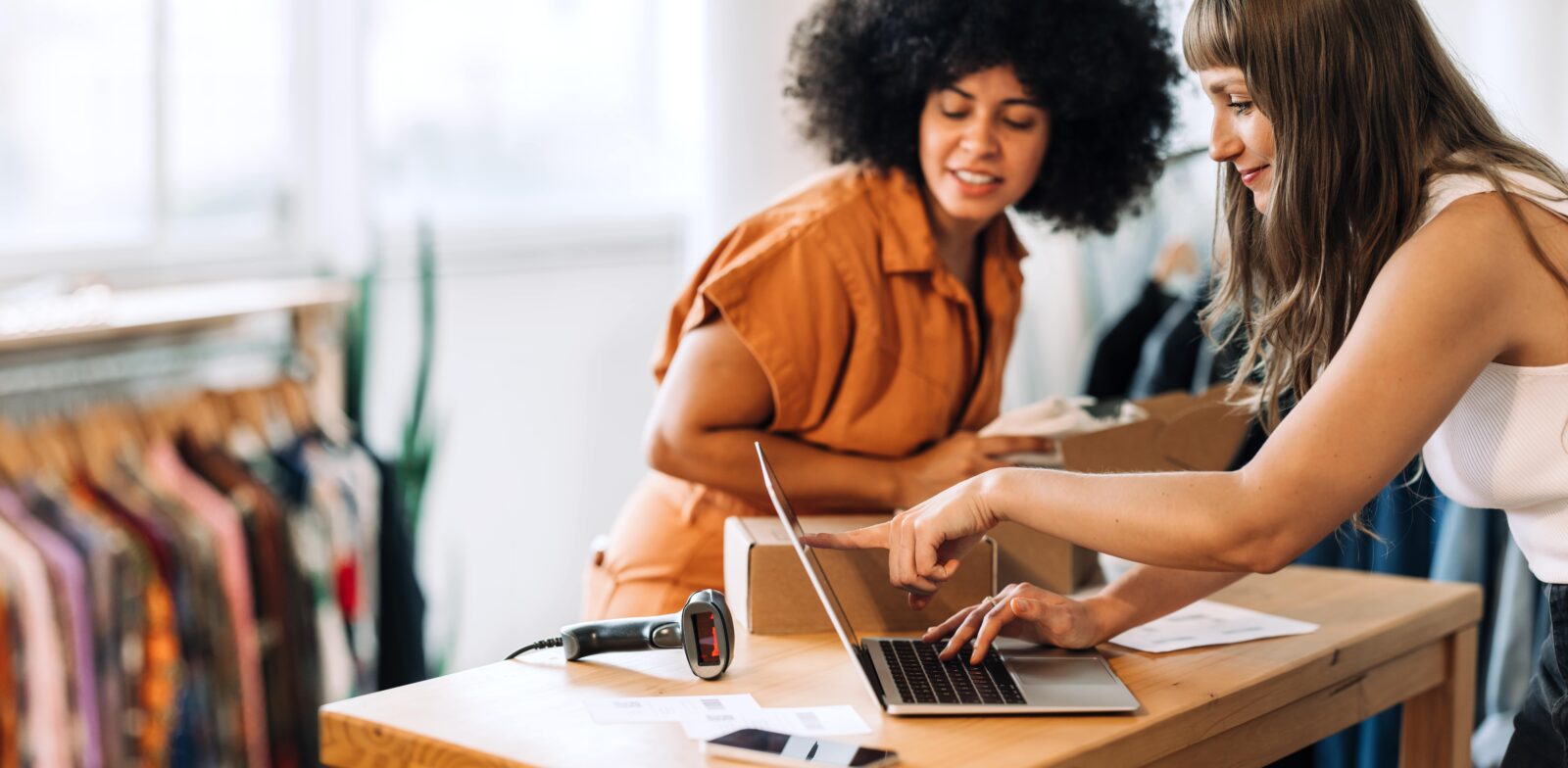Target has made recent news with their decision to move forward with buy online, pickup in store (BOPIS) right in time for the busiest shopping season of the year. This isn’t Target’s first round with BOPIS, but this time they have made the decision to invest in the customer experience.
This refocus on BOPIS shows what omnichannel technology providers have known all along: You have to put effort into your omnichannel programs. Simply having the technology doesn’t mean it will succeed.
Target is doing quite a few things right this time around. They have discovered the importance of the in-store experience. To improve upon the pickup experience, Target is making some specific moves, as quoted from the article:
- It’s highlighting its Order Pickup program in at least 325 stores nationwide by outfitting team members who can help with orders in white “Order Pickup” t-shirts
- It’s offering customers Order Pickup reusable shopping bags
- More than 90 percent of orders for pick-up will be ready in an hour, up from 85 percent in 2015, due to program enhancements, team efforts, and deployment of new technology
- About 80 of Target’s top-volume stores for Order Pickup have been remodeled to make the pickup process faster and more efficient
In a recent BOPIS mystery shopping study of 30 leading retailers, the e-tailing group found that “signage guides and reinforces services, setting the stage for a positive visit. Retailers need to take advantage of desirable visual locations to remind shoppers of the BOPIS service, including directing them every step of the way. Make sure counters can be found quickly and orders received in a timely fashion. Create signage that will guide shoppers while simultaneously reinforcing the value proposition of BOPIS.”
But just because Target stated they were making changes doesn’t mean they were successful, so I put them to the test: My sister-in-law ordered some pre-Black Friday deals on Target’s eCommerce site and selected them for in-store pickup. Naturally, I interviewed her regarding the experience. She reports being pleasantly surprised, citing low wait times, clear signage, and in-store pickup branded bags so she could wander the store and go through traditional checkout without the associates thinking she was shoplifting. At least for my sister-in-law and her local Target, the improvements have been successful, as she has plans to pursue this service for her future holiday shopping needs.
As Target continues to test these initiatives, other retailers will need to follow suit. It’s the customer experience that is on the line, and Target is setting a precedent. Doing in-store pickup in a way that is friendly to the customer will build demand and influence customer’s expectations for those same experiences at other retailers.
The customer experience frequently hinges on fulfillment. In Kibo’s Digitally Demanding Consumer report, we found that 75 percent of retailers (were) experiencing increased (customer) demand for more rapid fulfillment. And now Target will deliver (at least in store). The idea of rapid fulfillment typically leads to a conversation about faster shipping and, essentially, a way to compete with Amazon Prime. BOPIS solves for that. In a recent article in the Wall Street Journal, Best Buy reported that by using BOPIS and ship-from-store, they are able to deliver eCommerce orders in just two days. That’s fast fulfillment.
But BOPIS is only one aspect of the customer experience. A supporting player in this experience is inventory visibility, which knocks down silos and connects inventory across all channels. Retailers without accurate inventory visibility risk disappointing customers, losing sales and decreasing brand loyalty. For example, just this past weekend, my friend was at a popular sporting goods store and purchased the last basketball hoop. The person behind him also wanted one, so they asked the associate if they could look at the inventory of the store just down the street to see if one was available. The associate did the best they could do: They called the store and was put on hold for an eternity. Unfortunately, without access to inventory at other stores, they were unable to save the sale (and loyalty). And this experience is not uncommon: In our BOPIS study, we found that only 7 percent of store associates try to save the sale. The customer had simply expected the retailer to have inventory visibility and the retailer couldn’t produce.
BOPIS is an omnichannel fulfillment trend that is taking wing, changing the way customers interact with retailers. With careful planning, that interaction can become a catalyst for positive customer experiences that build loyalty. Are you considering offering customers the in-store pickup option?




